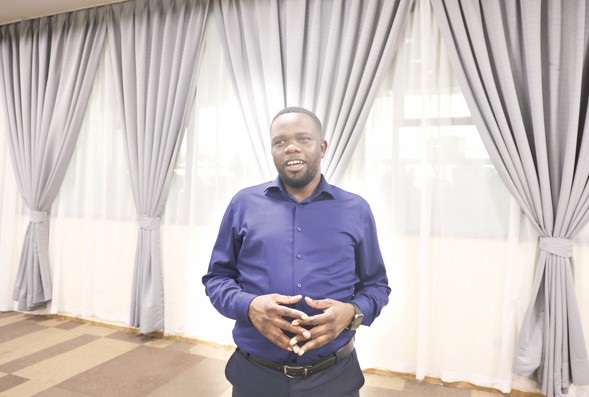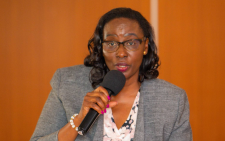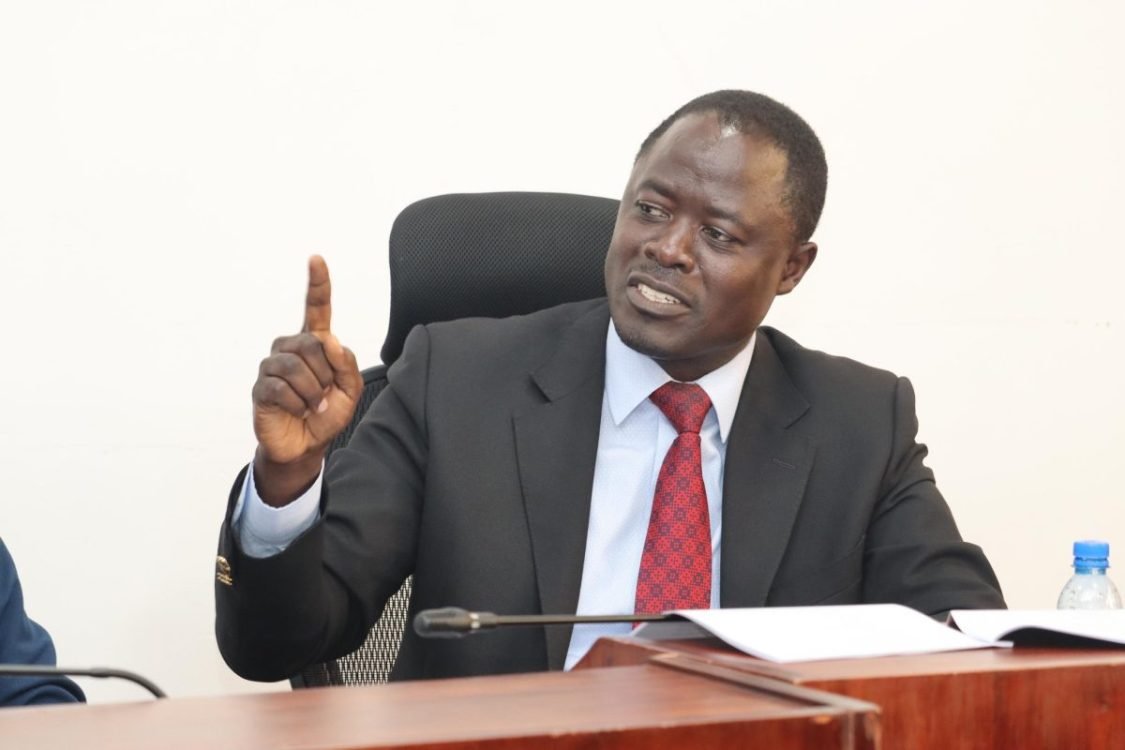Pushed to the edge, more married women are now seeking abortions

Married women or those living with partners now account for the majority of induced abortion cases in Kenya.
According to a study by the African Population and Health Research Center (APHRC) in partnership with Ministry of Health – Kenya, and the Guttmacher Institute, the new data marks a significant shift in national abortion trends..
The study titled National Study on the Incidence of Abortion and Severity of Complications in Kenya challenges long-standing perceptions that abortion is primarily sought by young, unmarried women.
According to the study, more married or cohabiting women are now seek abortion care due to financial strain, opposition to contraceptive use, and limited control over their own reproductive choices.
“Nearly half 41.8 per cent of all Post-Abortion Care (PAC) patients were women aged 25- 34 .More than three -fourths 78.6 per cent were married or living with a partner.About 304,159 women received care for post-abortion complication in health facilities in 2023,”said Kenneth Juma, a senior research officer at APHRC and the lead researcher of the study.
Unsafe methods still in use
Women aged 20 to 24 years follow closely representing the second-largest group seeking post-abortion care at 29.1 per cent, followed by women over 35 at 15.6 per cent, while those under 20 make up the smallest proportion at 13.6 per cent indicating that abortion is more prevalent among women in their reproductive prime.
Medication abortion (MA) according to the report remains the most commonly used method for ending pregnancies, with 62 per cent of women opting for this approach.
However, while MA remains a widely utilised option, it is concerning that almost one in ten women (8 per cent) reported resorting to harmful and unsafe methods. These unsafe practices not only put women at risk of severe complications but also highlight the need for greater access to safe and legal abortion services.
Because abortion remains largely restricted under Kenyan law, the report reveals a concerning rise in the incidence of induced abortions—from 48 per 1,000 women of reproductive age in 2012 to 57.3 in 2023. The silver lining, however, is that access to post-abortion care has improved significantly, increasing from 12.0 per cent to 18.5 per cent over the same period.
“Despite the progress made, the country still has a long way to go. Our findings show that 21 percent of health facilities expected to provide post-abortion care services did not offer them mainly Level II and III facilities. Even more concerning is that only 24 percent of referral-level facilities could deliver comprehensive PAC services. Among primary-level facilities that did offer PAC, just 18 per cent could provide all the essential components of basic care,” adds Juma.
According to the report, the worrying issue is that despite women procuring abortions, many are reluctant to start using contraceptives immediately.
The reasons are some women feel the need to consult their partners ( 11.9 per cent), others are opposed to using contraceptives ( 41.8 per cent), others wish to become pregnant right away (25.6 per cent), and some face barriers to accessing contraceptives(16 per cent).
“Only one in three women (34 per cent) were using a contraceptive method when they became pregnant. The most common reason for non-use was fear of side effects or other health concerns (42 per cent).”
What needs to be done?
To reduce the number of abortions occurring in the country, the report suggests that it is essential to focus on improving the provision of high-quality post-abortion care.
This includes offering comprehensive contraceptive counseling and services to help prevent recurrent pregnancies and repeat abortions. It is also important to upgrade the capacity of primary-level facilities to provide all basic PAC services through staff training and the provision of PAC equipment and supplies because primary healthcare facilities play a crucial role as the first point of contact for women seeking these services.
“Continued community sensitisation efforts is also key to reducing abortion rates. By raising awareness about the availability of contraceptives and the quality of post-abortion care services, communities can become more informed about where to seek help and the options available to them,” he adds.
There is also need to strengthen community outreach programs to ensure that individuals have the knowledge and resources they need to make informed decisions and access timely healthcare services, ultimately helping to reduce the incidence of unwanted pregnancies and abortions.
Unintended pregnancy
According to reports by APHRC, unintended pregnancy significantly contributes to unsafe abortion in much of sub-Saharan Africa, where abortions are legally restricted.
The organisation notes that Kenya has made considerable progress towards realising women’s and girls’ reproductive rights by developing frameworks and policies that address reproductive health. In addition, the Constitution of Kenya 2010 provides for the right of every person to the highest attainable standard of health, including reproductive health and the right to life.
The National Reproductive Health Policy 2022-2032 seeks to consolidate the gains made in the previous policy period and addresses the emerging challenges in reproductive health.
However APHRC notes that nevertheless, too many women and girls in Kenya continue to die from complications associated with unsafe abortion and face several barriers when seeking post-abortion care, including stigma and hostility from health providers delivering the services.
In light on these findings, APHRC is calling on the ministries of health and education should fully implement all policies that allow access for women of reproductive age, adolescents, boys, and vulnerable populations to quality reproductive health services and information.















